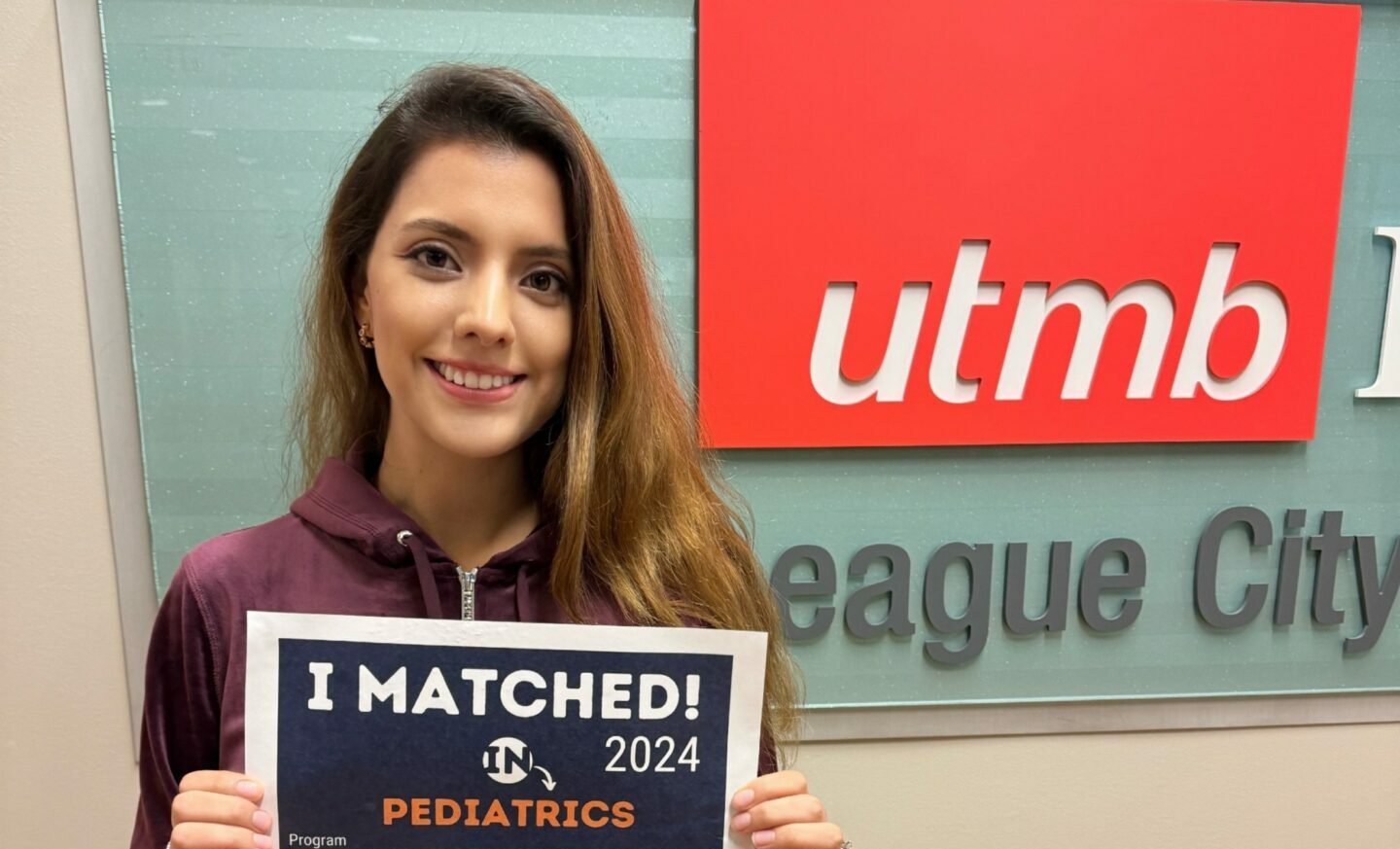As you near the end of your medical residency, or even if you’ve been practicing for a few years but want to grow your career, you may be looking at fellowships. But what are medical fellowships and how do you find them?
Medical fellowships in the U.S. allow physicians to become further specialized in one aspect of the medical specialty they completed during residency. Keep reading to learn more about medical fellowships and how to find the right one for you.
Considering a Fellowship
Choosing to continue your postgraduate education after years of medical education and residency is a commitment. It means delaying your career in favor of obtaining additional knowledge and skills. If time is a drawback, then skill is a benefit. Fellowships are an excellent option for individuals who are not interested in practicing the entire scope of the medical specialty they have pursued. A fellowship can provide the training that allows someone to be eligible for a position that, in the future, will enable them to enjoy showing up to work. This joy, found through further specialization, can lead to more excellent patient care and, possibly, a larger paycheck. Because of the time and energy sub-specialization education requires, few choose this route. That means there are few trained to provide the level of medical care some patients need, making these individuals vigorously sought after.
Obtaining a Medical Fellowship
Like the way the National Residency Match Program pairs medical graduates with residency positions, the Specialties Match Service branch of the NRMP connects applicants who have completed their residency with a fellowship. In most cases, fellowship programs have fewer spots than residency positions. Serious applicants should submit their materials early. This can be done through ERAS. For further information on this, check out our post, ‘How to Create an ERAS account.’
The next step, after applying, is preparing for and participating in interviews. These are opportunities for you to introduce yourself and explain why you are a great candidate. It is also an opportunity for you to learn more about the program. This can help you to determine if it is the right fit. Interviews will cover personal information, your interest in medicine as it applies to the specialty you are interested in, and your goals or future plans.
During the interview, it is essential to show interest in the program. This can be displayed in a couple ways. Be sure to show up early for your interview and be well-manicured. Be respectful, polite, and show enthusiasm for the program. One way to show interest is to ask questions. During the interview, problems may arise that you would like to ask, but, just to be safe, it is a good idea to prepare a few ahead of time.
More information on applying for fellowships and the timeline of fellowship matching can be found on the NRMP’s website, here.
Fellowship Curriculum
Medical fellowship participants are often called fellows or, in some cases, consulting physicians. A fellowship differs from a residency in that the participant is given more freedom and, thus, more responsibility. These experiences usually last between one and three years. They are paid; however, it should be noted that the salary is much smaller than that of a practicing physician.
For a complete list of the medical fellowships offered, click here.
Looking to pursue a medical fellowship? Before you do, you will need to apply for, get into, and complete a U.S. medical residency. AMO can help you gain experience for this stage in your medical journey by connecting you to a clinical experience!







great post
“Thank you for sharing such great information.
It has help me in finding out more detail about medical education fellowship“
It was helpful